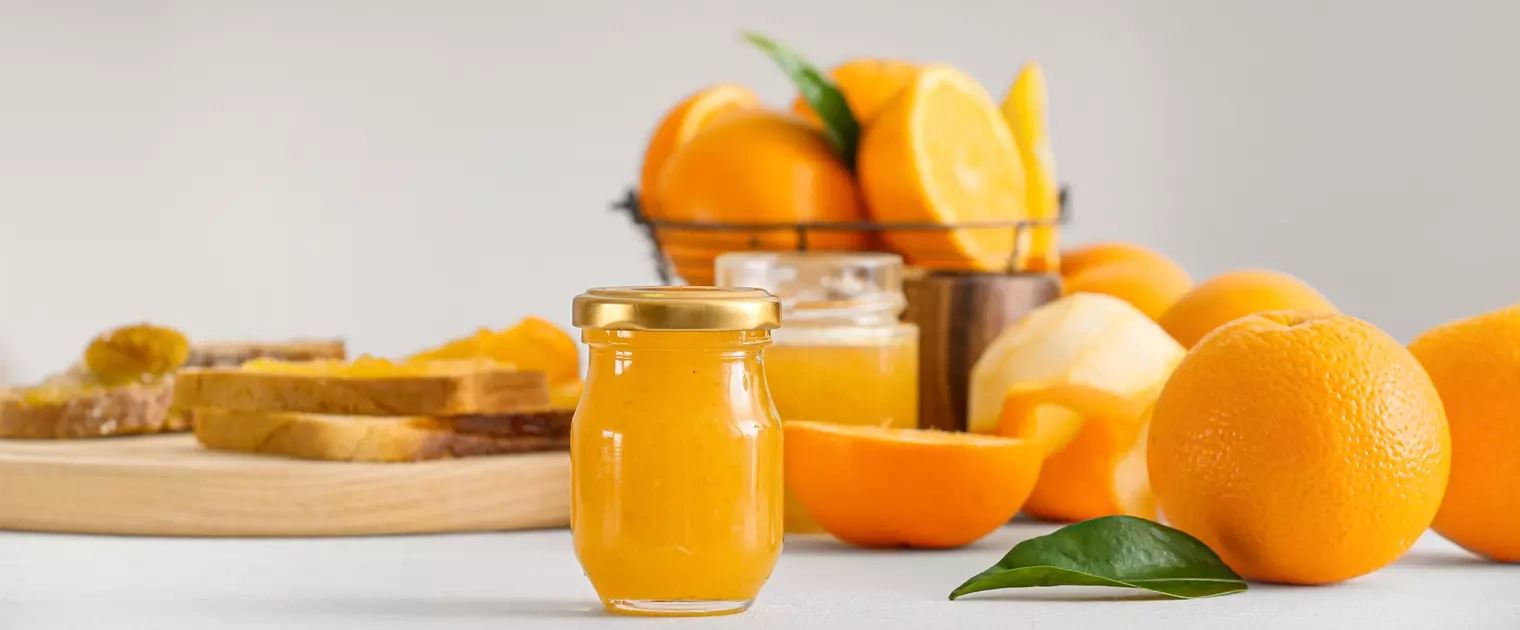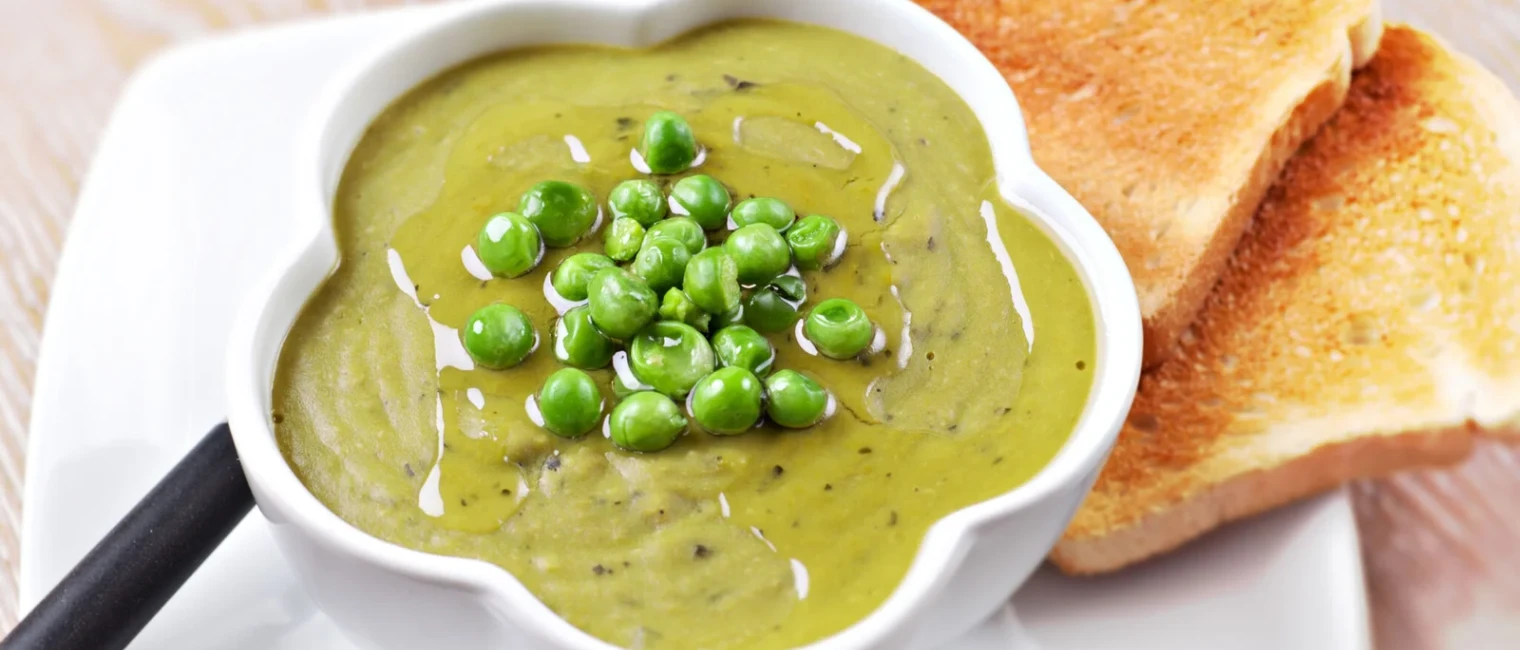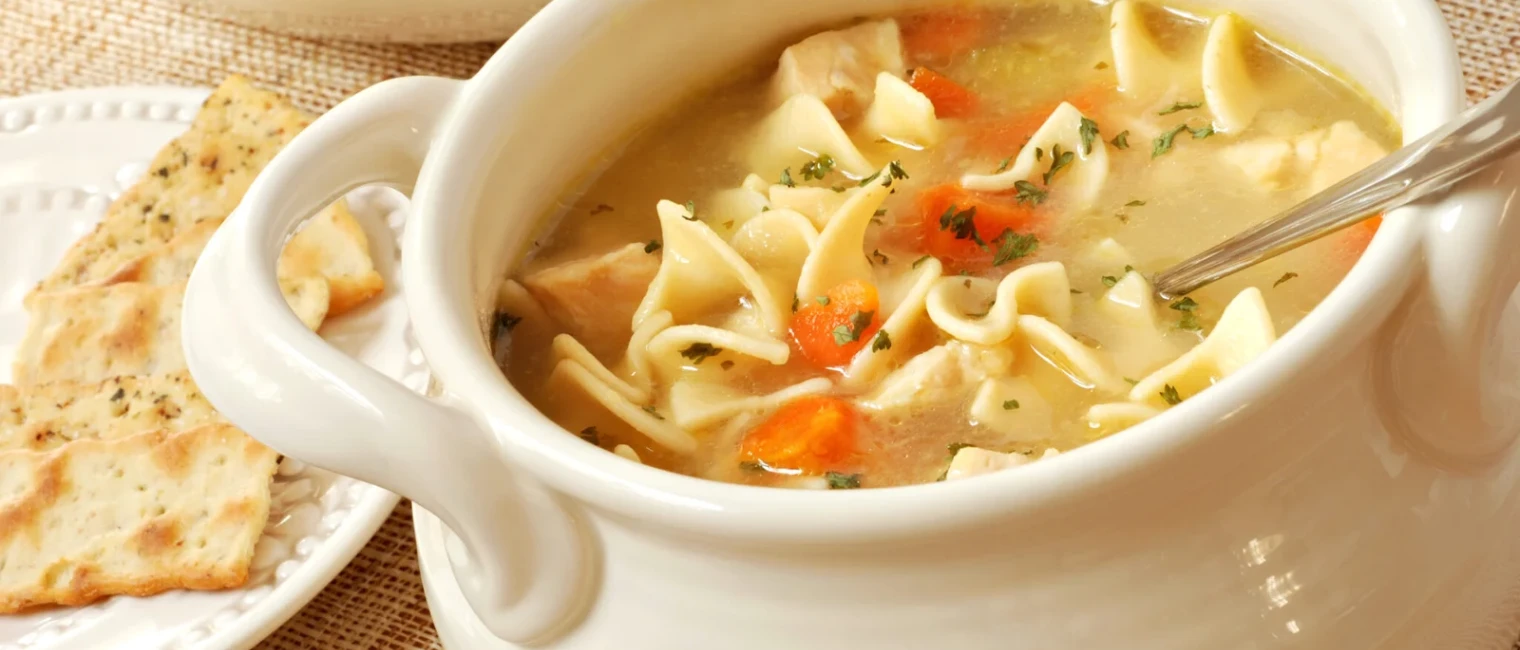Understanding Additives & Preservatives
For centuries, salts and oil have been used as a preservative. Bacteria that can be harmful to food products are destroyed by salt due to its organic properties while oil eliminates oxygen interaction with micro-organisms, thus stunting the multiplication of all microbes. Pickling is another long-used preservative technique that is popularly used on a small scale even today. An additive is a substance that is added to another ingredient in order to change its properties. In general, they are added to improve the properties of the substance such as flavor, color, shelf life, etc. On the other hand, a preservative is a type of additive that is added to a substance for prevention or delay of spoilage.
Certain preservatives can be obtained naturally from sources such as salt, sugar, vinegar, and citrus juice, or they can be man-made or synthetic. The majority of preservatives work to reduce or prevent the growth of fungi, molds, and yeasts. Additives and preservatives are commonly used in the food industry to offer a longer shelf life for food products to consumers.
Although food additives are substances that are added to food in order to change its properties, it is important to also understand the dynamics of the chemical reactions between ingredients. Preservatives are food additives that are added to foods to keep them from spoiling. The characteristics of food products are commonly associated with flavor and visual appeal and preservatives seek to preserve flavor while also improving the flavor along with appearance.
Preservatives are also classified as additives and are added to keep the freshness of foods intact. There exist two major classifications of additives – direct and indirect additives. Direct Additives are substances that are added to foods. Indirect additives are those to which the food is exposed.
How You Can Make Foods That Are Healthy And Free Of Preservatives
Aside from basic functions as mentioned above, additives also include substances used for flavoring and coloring in order to improve taste and appearance. Nutritional supplements such as vitamins and minerals are also an active requirement that not only enhances the food products’ value but also their health benefits and by using dried ingredients, this can be achieved.
When purchasing food products, consumers tend to pay attention to reading the labels carefully to avoid foods or products containing preservatives in excess. The list of ingredients on the packaging enables the consumer in identifying the preservatives and their intended purpose. By using clean-label food colors in food products, food manufacturers are meeting the raised standards of consumers choosing clean-label products. And by use of certified colors, clean-labels are set to make life easy for the consumer.
The inclusion of healthy dried foods in food products is pivotal in determining the healthful benefits of the product at hand. By the inclusion of dried ingredients that are natural and are processed only minimally, food manufacturers can use a healthy combination of these with organic food coloring and produce the right kind of clean-label products that will pacify the dynamic needs of the food market. Clean-label products allow one to differentiate between natural preservatives and additives and make informed decisions.

Roha’s Enhanced Range Of Food Additives
Market trends are evolving and so are our offerings. ROHA offers supreme quality certified and organic food colors along with dried ingredients that simply enhance the food product and with a user-friendly approach, food brands can now look beyond regular applications. We look forward to hearing from you, for inquiries please write to us at contact@rohagroup.com






Global
Simpsons